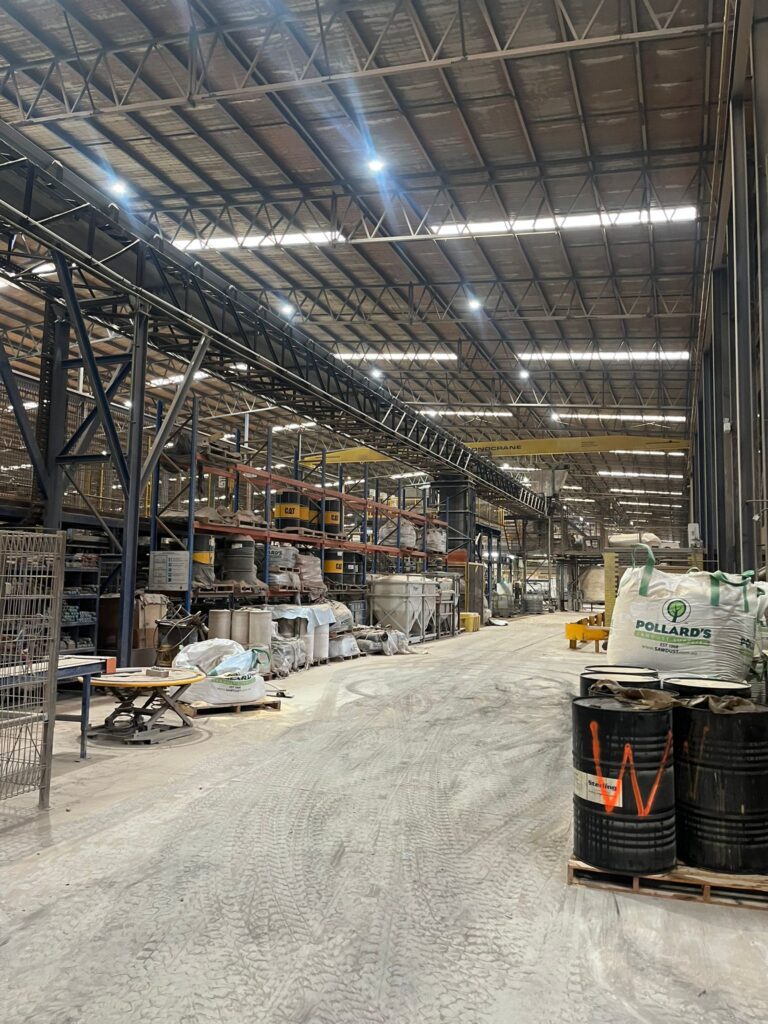In today’s unpredictable global economy, comprehending the dynamics between commodity trends and inflation is vital for robust procurement strategies. This concise analysis delves into these interactions, offering key insights for procurement professionals.
The current landscape of global commodities
2024 brings a cautiously optimistic outlook for global commodities. Following a period of substantial inflationary increases, markets like oil are showing signs of stabilisation. This trend emerges amidst geopolitical tensions, such as the conflict in Ukraine and Middle Eastern unrest, alongside environmental challenges like global warming. J.P. Morgan anticipates Brent oil prices averaging around $83 per barrel in 2024, signalling relative stability despite these factors.
Inflation’s global footprint
Global inflation, having peaked recently, is now on a downtrend. S&P Global forecasts a decline to 4.7% in 2024, down from 5.6% in 2023. This moderation reflects across various regions. Despite high inflation in the past two years, global GDP growth and employment have remained resilient, with a continued decline in inflation predicted.
Interplay between commodities and inflation
The link between commodity prices and inflation is multifaceted. Energy commodities, for instance, have a more pronounced effect on overall inflation rates. The recent decline in energy prices has notably slowed the pace of inflation. However, supply chain disruptions, a remnant of the COVID-19 pandemic, have also significantly contributed to inflationary pressures.
Impacts on procurement strategies
Procurement strategies must adapt to these market fluctuations. Key approaches include:
- Risk management: Continually assess market volatility and prioritise commodities most susceptible to price fluctuations.
- Cost optimisation: Adapt contracts to account for inflationary pressures, employing strategies like indexing to inflation and reviewing contract terms.
- Supplier collaboration: Forge strategic partnerships to co-develop cost-saving measures and ensure supply security.
- Technology utilisation: Leverage digital tools for better market insights and decision-making.
Looking ahead: Preparing for 2024 and beyond
As we embark upon 2024, procurement must focus on agility and foresight. The future landscape, influenced by factors such as supply market disruptions and labour shortages, calls for a strategic and dynamic approach to procurement. Key strategies for long-term mitigation include enhancing transparency, comprehensive category management, and embracing digital for real-time insights.
In the rapidly evolving global economy, staying informed and adaptable is critical for procurement functions. The challenges of fluctuating commodity prices and inflation necessitate a proactive approach. As we look towards 2025 and beyond, the role of procurement becomes increasingly pivotal in steering organisations through these uncertain times. By being well-informed, agile, and proactive, they can not only manage but also capitalise on the opportunities presented by the ever-changing global market.
Author: Alex McGregor







